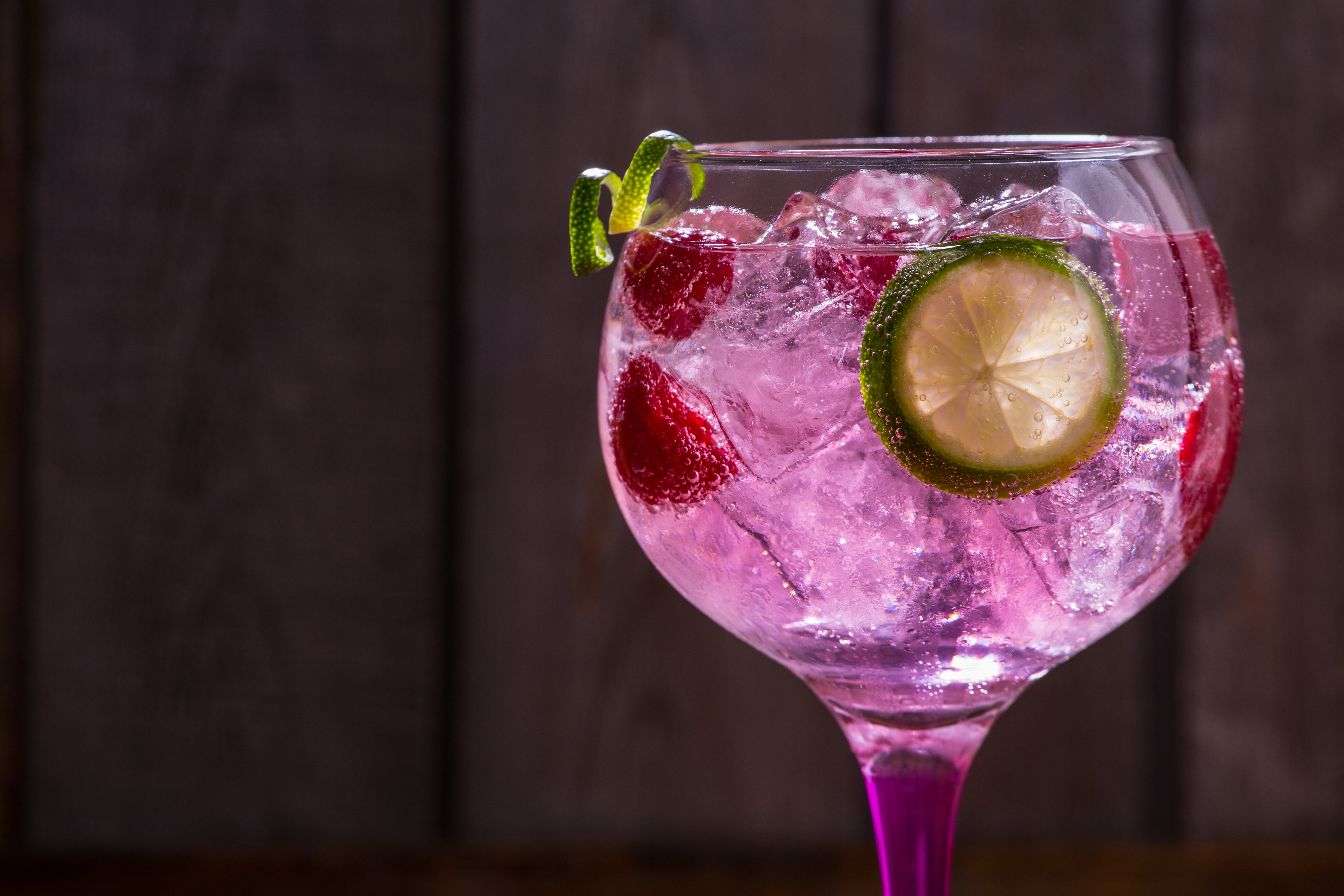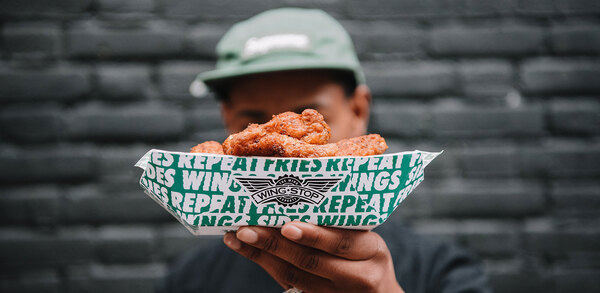Pink gin and rum on the up in 2020 alongside premium, low-alcohol choices
A boost in demand for pink gin and rum forecast for 2020 is expected to be balanced by more consumers choosing premium, alcohol-free drinks choices, according to a new forecast highlighting the leading food and drink trends for next year.
Among its 10 key predictions in the out-of-home food and drink sector, data company CGA suggests that there will continue to the restaurant closures in the casual dining market, but there are signs that confidence is beginning to grow again.
The full list of 10 eating and drinking trends for 2020:
1. MORE RESTAURANT CHURN BUT CONFIDENCE EDGING UP
More closures can be expected in the casual dining sector, with some sites being swiftly reopened by new operators offering “exciting new concepts”. This prediction follows on from the publication of the CGA/AlixPartners Market Growth Monitor which highlighted 2,423 restaurant closures in the last 12 months, and 1,789 new openings. Closures primarily involved independent operators, as well as under-performing businesses.
2. DRINKING LESS, BUT SPENDING MORE
CGA BrandTrack 2019 showed that overall frequency of drinking alcohol (both in home or out) has remained stable over the past few years – with 63% of GB adults drinking alcohol at least weekly, which was the same as it was in 2016. However, younger consumers are drinking less frequently – 57% and 48% of millennials and GenZ respectively drinking alcohol at least weekly. A key trend is that consumers are wanting to upgrade what they are drinking. Managed pub sector sales of still wines priced at £35 a bottle and above have significantly increased their market share in the last few years, with 52% of wine consumers saying they are willing to upgrade their choices when drinking out of home.
3. SUSTAINABILITY COMES TO THE FORE
Some half of consumers expect outlets to reduce their carbon footprint through the choice of ingredients and menu items. Nearly 20% say they would be put off using restaurants which have not addressed this issue, while 76% of business leaders rate the ethical engagement of suppliers as an important consideration.
4. NEW TECH COCKTAILS
Cocktails are fast gaining popularity with 10.3 million consumers ordering them when they go out. The value to the market has increased by 10% in the past 12 months to £604m. Growth in the ready mixed and draught cocktails will enable more operators to benefit from the trend.
5. RUM - GROWING FAST
The CGA/Drink Up London’s recent Influencers report identified rum as one of the top opportunities for growth. Stocking 11 rum brands on average, One in 10 of London’s most influential bars, which already stock 11 brands on average, plan to expand their rum range next year.
6. VEGAN AND NEW CUISINES ON THE RISE
Veganism was a key food trend for this year, and it is likely to roll on into 2020. CGA's Food Insights report shows that 29% of consumers think it is important or very important that the meals they choose do not contain much meat, as they are trying to reduce meat consumption. The report also forecast that the five fastest emerging trends for neat year are Burmese, Peruvian, Filipino, Pacific Rim and Scandinavian food.
7. EXPERIENCES AND INSTAGRAMABILITY
The growth of experience-led venues around competitive socialising such as shuffleboard, golf or darts is expected to continue, alongside a move to venues running games, immersive storytelling and virtual reality activities which encourage consumers to post photos on social media.
8. ONGOING GROWTH FOR GIN
The ongoing popularity of gin is being driven by pink and flavoured varieties. Sales in this category increased by more than eight-fold to £392m in the 12 months to mid-May.
9. MODERATION
Alongside the demand for rum and pink gin, another clear trend in the market is that of consumers moderating their drinking leading to rising rising sales of no/low alcohol drinks. The no/low alcohol category has increased by 48% in the last 12 months to more than £60m a year, with the growth for completely alcohol-free options even higher at nearly 80%. Alcohol-free ‘mocktails’ and ‘virgin cocktails’ are particularly thriving.
10. VOLATILITY IN FOOD PRICES
The Foodservice Price Index, published by CGA/Prestige Purchasing, revealed food inflation of between 5% and 10% during 2019, due to weak sterling pushing up the price of imported ingredients, extreme weather hampering key crops and other supply factors. Further uncertainty will keep the exchange rate low, and a no-deal scenario could hit imports. Prices are therefore likely to remain volatile, at least until Brexit is resolved.



















